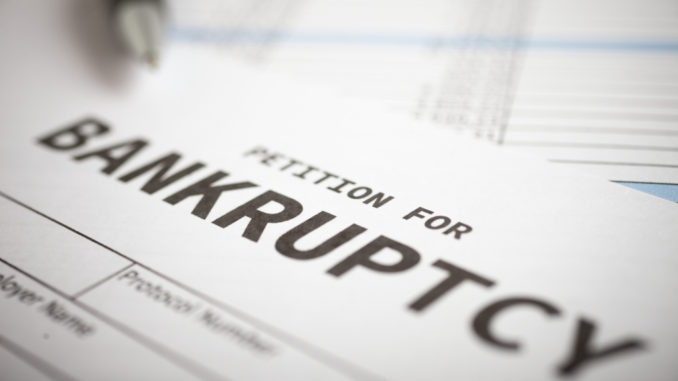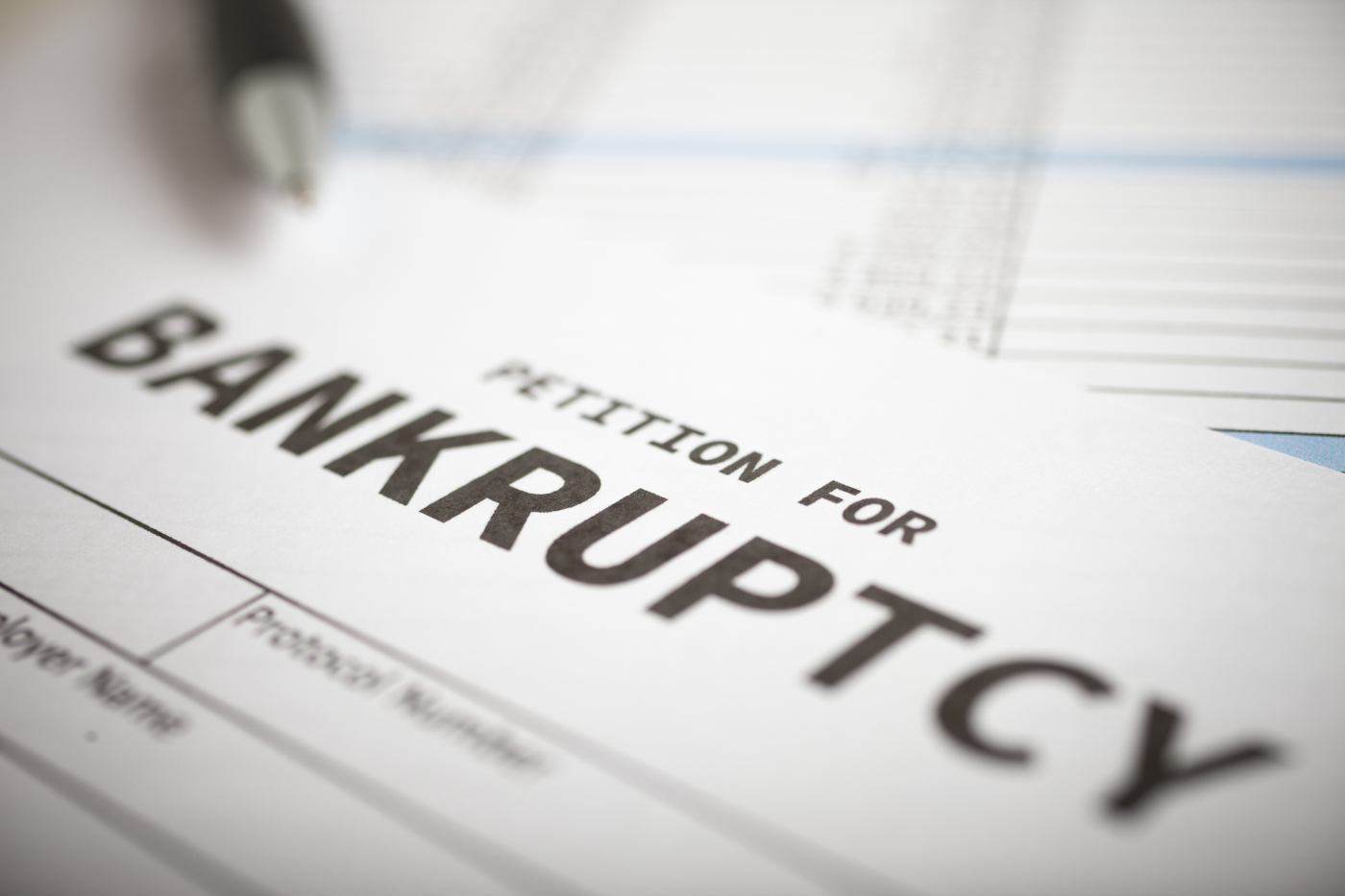
COVID-19 has already wreaked havoc with the nation’s economy, but a Los Angeles attorney says a flood of pandemic-related bankruptcies will eventually be headed our way to make things even worse.
Howard Ehrenberg, a managing partner with SulmeyerKupupez and a member of the Chapter 7 Bankruptcy Panel of Trustees, said stimulus money, moratoriums on evictions and enhanced unemployment benefits have managed to prevent many from resorting to bankruptcy.
More stimulus is coming
After months of legislative gridlock, President Trump signed a $900 billion pandemic relief package Sunday that will deliver much need cash to businesses and others who have been financially impacted by COVID-19.
In signing the bill, Trump called again for the $600 stimulus checks to be boosted to $2,000 per person. But that prospect appears dim, as Senate Majority Leader Mitch McConnell has lobbied to include the higher payments in a new bill that would include other items on the president’s wish list.
The bill also provides $600 checks for dependent children, up from $500 that was provided in the CARES Act.
Regardless of the outcome, scores of mom-and-pop businesses will be facing a financial brick wall once the stimulus program and other financial perks wind down.
“People aren’t yet in a desperate spot where bankruptcy is something that has to happen,” Ehrenberg said. “But once those programs end we expect to see a large number of individual filings.”
Ehrenberg’s expertise in the field runs deep. With 33 years in bankruptcy law, he has represented bankruptcy trustees, receivers, businesses, creditors, government entities, purchasers and sellers of assets, and litigants throughout California.
“There is only so much the government can do,” he said. “They can give money to people who need it … but that money is borrowed and will have to be repaid.”
Money that isn’t repaid often has to be recouped through tax increases or cuts to government spending programs, Ehrenberg said, which creates yet another ripple effect.
“It’s hard to say how it will play out,” he said. “I’m afraid 2021 will be a very difficult year.”
Bankruptcy projections
Projections indicate that this year individual bankruptcies will be the lowest since 1985 — about 560,000. But that number could soar to over 1 million in 2021 once relief options expire, the Wall Street Journal reported.
John Gomez, Bank of America’s small business regional executive for greater Los Angeles, said BofA’s business bankers have been working closely with clients to help them weather the financial difficulties they’re facing as a result of COVID-19 restrictions.
“Small business owners are still showing resiliency and flexibility,” he said.
A recent BofA survey of small business owners in Southern California reveals that 59% feel economic conditions will return to normal in two years.
“More and more of our clients are accessing the capital they need to reinvent themselves,” Gomez said. “We have a business owner who sell tools to contractors. Before COVID-19 hit he was already transitioning to selling tool online from a digital perspective, and now he’s doing better than before.”
Earlier this month, Bank of America had funded nearly 32,000 PPP loans to small businesses in Southern California, Gomez said, most of which have 10 or fewer employees.
“The average loan amount is $69,000,” he said. “Our bankers are helping clients go through the process to see if they have to pay the entire loan bank, a portion, or whether the whole loan is forgiven.”
Things will change
Ehrenberg said there will be long lasting effects in the wake of COVID-19.
“There will be some permanent changes in the way people act,” he said. “After nine months of this many people have found that they can do most of their shopping electronically. And businesses are realizing they can use ZOOM, so people won’t have to go flying to get to meetings.”
“Fewer hotel rooms and convention centers will be used,” he said. “And we won’t have an entire economy based around physical stores and the movement of people.”





